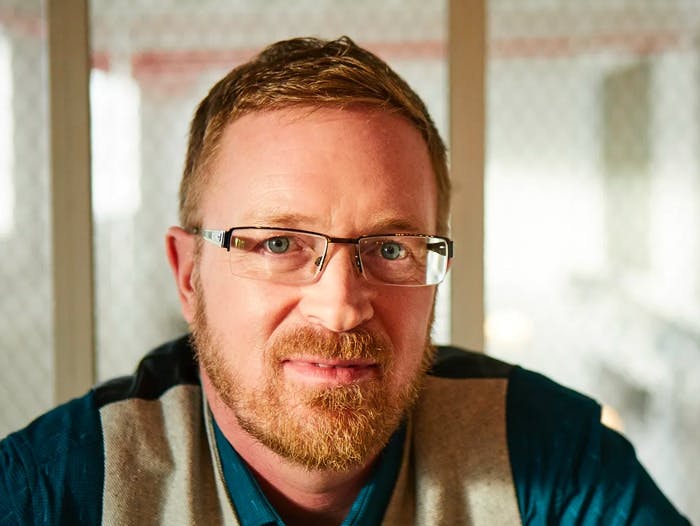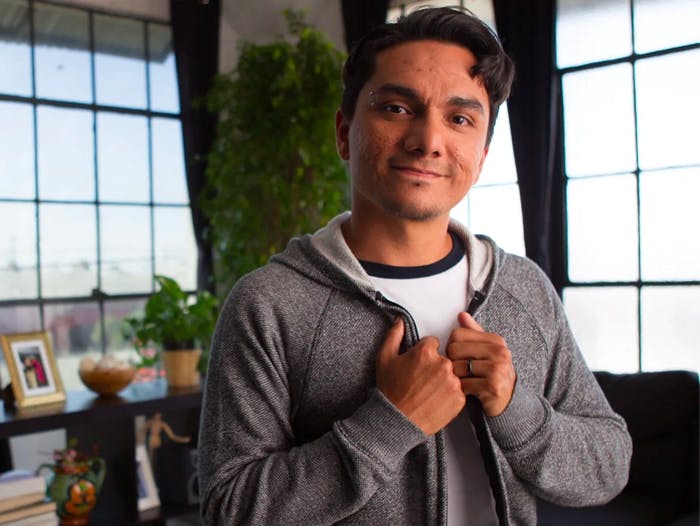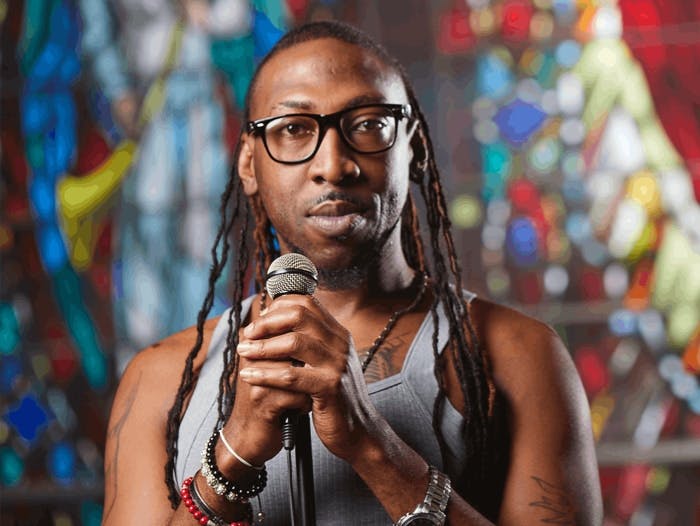A SPOTLIGHT ON INTERPERSONAL AND COMMUNITY HIV STIGMA & DISCRIMINATION


It is a fundamental human instinct to want a sense of family, opportunities to socialize and a feeling of belonging to a community (or multiple communities such as family, faith or interest-based).
But the stigma related to HIV can often get in the way of these human needs, putting barriers between friends, families and communities.
What do we mean by ‘interpersonal and community HIV stigma’?
Interpersonal-level HIV stigma relates to social networks and social support systems that can influence individual behaviors, including family, friends, peers, co-workers, religious networks, customs or traditions.
Community-level HIV stigma refers to relationships among organizations, institutions and informational networks within limited defined boundaries, including faith and community leaders.
“It still amazes me how discriminatory and downright uneducated the gay community is about HIV/AIDS, as well as the non-gay folks not even understanding what negative or undetectable means.”
Why is community HIV stigma such an issue?
In some communities, people living with HIV fear stigma and rejection from their families. Not only because they stand to lose their social place of belonging, but also because they fear they could lose their children, their shelter and their ability to survive in some communities.
The rejection and isolation felt by people living with HIV can lead to low self-esteem, depression and thoughts and acts of suicide.
In addition to the impact on mental health, physical health and wellbeing can be negatively affected by self-stigma. Adherence to treatment can also be compromised.
Furthermore, rejection from a household and/or community can lead to people living with HIV being forced to leave home and change daily activities.
What were the key findings from the Positive Perspectives research? 1
- Over half of the people surveyed (53%) had experienced social stigma (e.g., feelings of isolation from local community or social circle) in the last year
- Nearly a fifth (19%) said they had felt isolated as a result of the attitudes of their local community
- A third (33%) said they had experienced physical stigma (e.g., instances of being shunned or abandoned by someone, harassment, asked to use implements or facilities separate from others or even violence) in the last year and nearly half (46%) said they had experienced verbal stigma (e.g., gossip, taunting, scolding, labeling) in the last year (1,085)
- 64% believe that with better education, stigma can be addressed and/or minimized.
“I have experienced stigma and discrimination from my own [Muslim] community”.
How can we begin to tackle the interpersonal and community-level stigma facing people living with HIV?
Changing the dynamics within a household or at the community level can be challenging.
Shifting people’s negative behavior toward people living with HIV and changing ‘social norms’ requires a multi-level sustained approach. Informal stigma at the family or partner level is complex and involves a wide range of emotions.
Facilitating change may require support and counseling for the people that are impacted, going beyond the individual with HIV.
Local projects that encourage openness, inclusivity and compassion are needed. In addition, it is key that support services (offering financial advice and assistance, housing services, welfare support, refuge from abuse and so on) are available, accessible and clearly signposted.
These support networks are critical to give someone refuge and a sense of belonging, and to provide practical advice on how to tackle stigma and where to seek further support or services when needed.
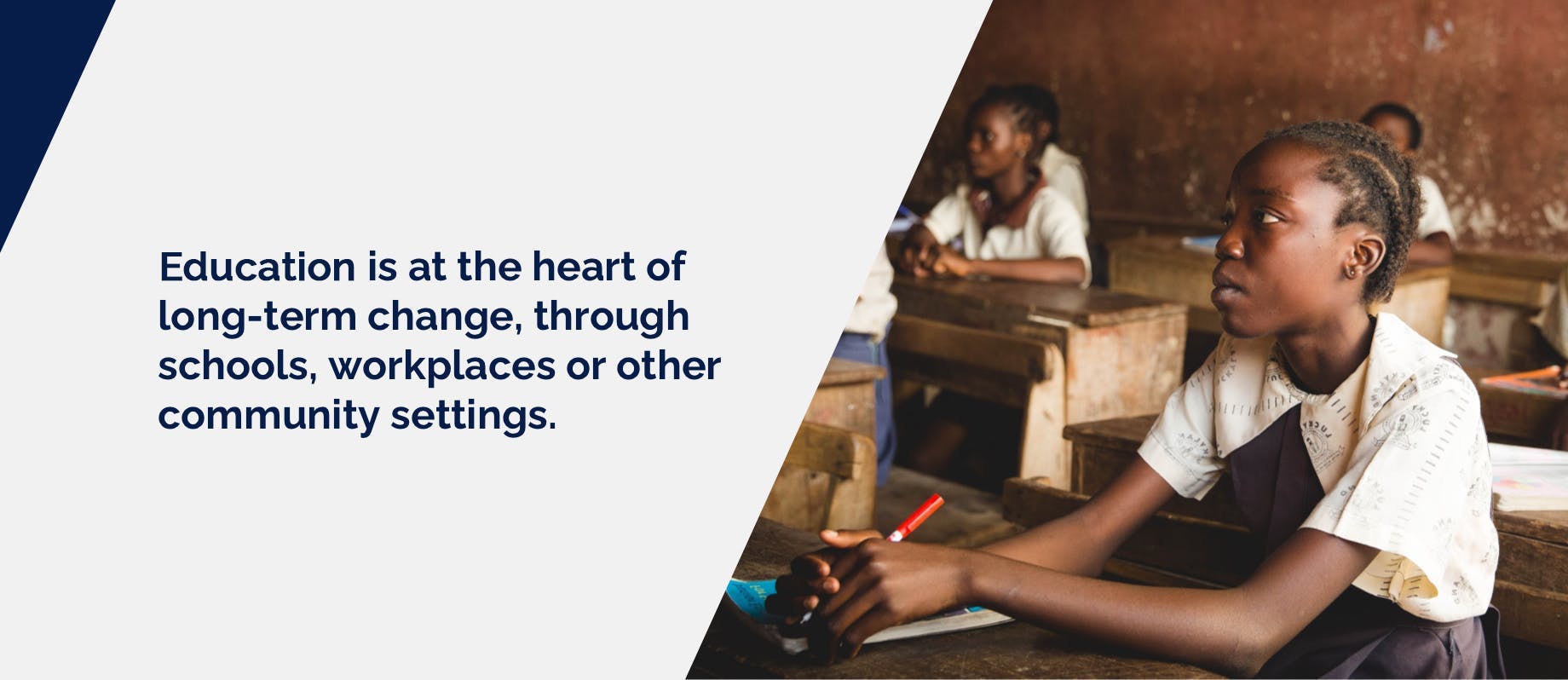
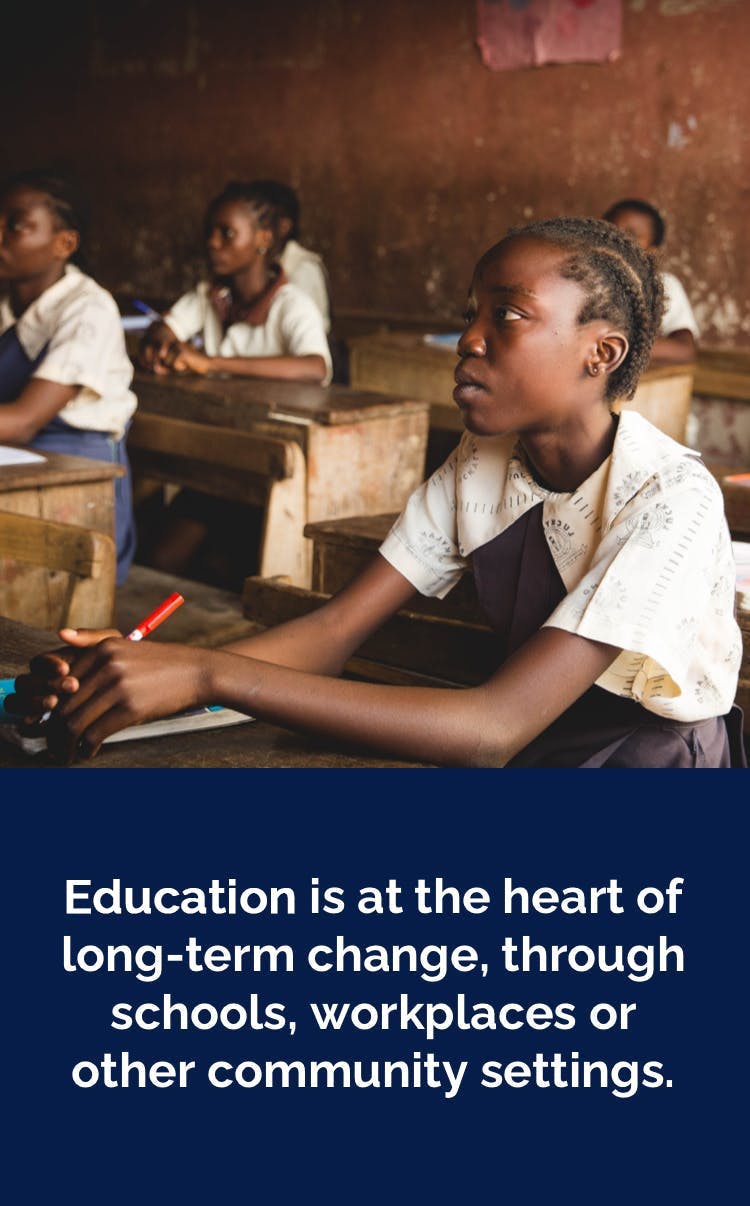
Recommendations:2
- Provide safer environments
Create and strengthen safer environments, where people are not afraid to ‘speak out’ when they experience or witness stigma and discrimination against people living with HIV, including reporting criminal activity. - Establish support networks and programs
Build support networks and programs to help people living with HIV, their families, loved ones and significant others, and their social networks and communities, navigate the emotional and practical aspects of living with HIV. - Fund and improve education
Better education and funding from government, public and private sectors should be provided to communicate the facts about HIV and promote the use of inclusive language, whether in the workplace, faith settings, youth centers, refugee camps or other community-based settings.
What can be done:
- Workshops and training to build skills and leadership
- Promote inclusive language in the community and public spaces
- Provide career development opportunities
- Provide tools to effectively address self and interpersonal stigma. Example: Name It, Claim It, Stop It.3
References:
- The Positive Perspectives Survey Report. 2017. Available at: https://edgesuite.gskstatic.com/Viiv/viivhealthcare/pdf_files/master/main/positive-perspectives-survey-report-finalcompressed.pdf. Last accessed: January 2021
- Exploring HIV Stigma Infographics, ViiV Healthcare.
- Name It, Claim It. Stop It Developed by Kevin Berrill, former director of Anti-Violence Project of National Gay and Lesbian Task Force, and Daryl Cummings-Wilson.
RELATED TOPICS
Much has been done to reduce discrimination at an organizational level through anti-discrimination laws, but these efforts vary across countries. More needs to be done to ensure that legislative frameworks are being implemented and that stigma and discrimination are effectively addressed.
HIV self-stigma can manifest itself in many ways—from worrying about how a friend might feel if you shared a drink with them to fear of your HIV status being known in the workplace.
While it may now be commonly accepted that a lack of respect for human rights can accelerate the HIV epidemic, this isn’t always reflected in the policies and institutions that shape the lives of people living with HIV.
